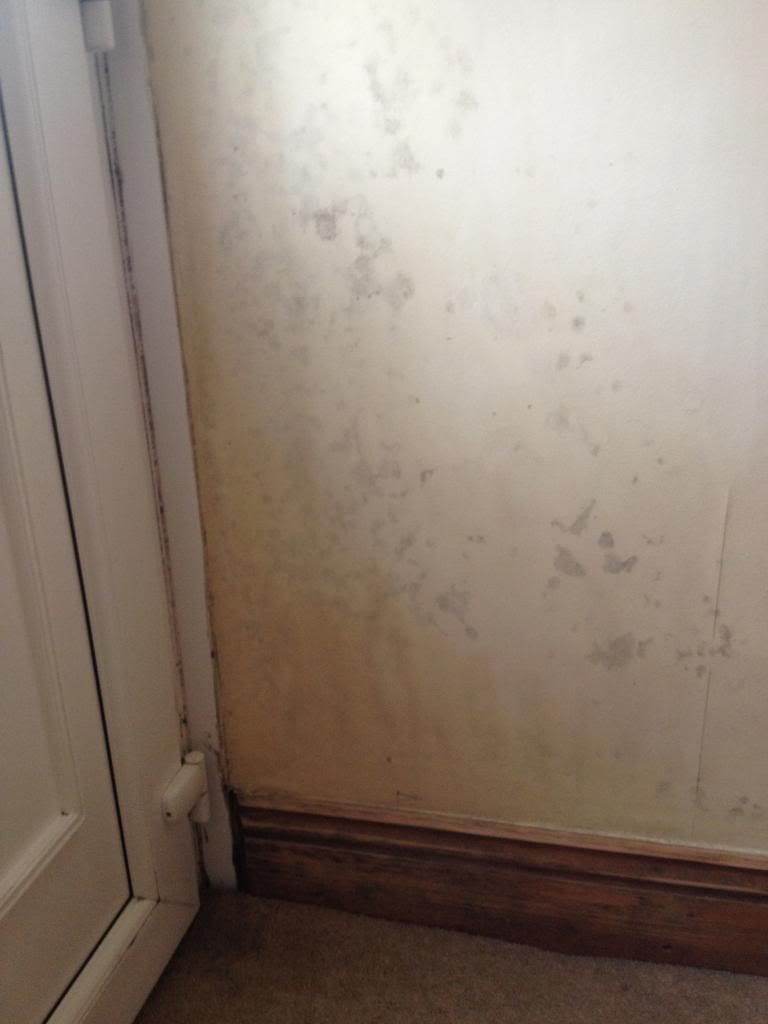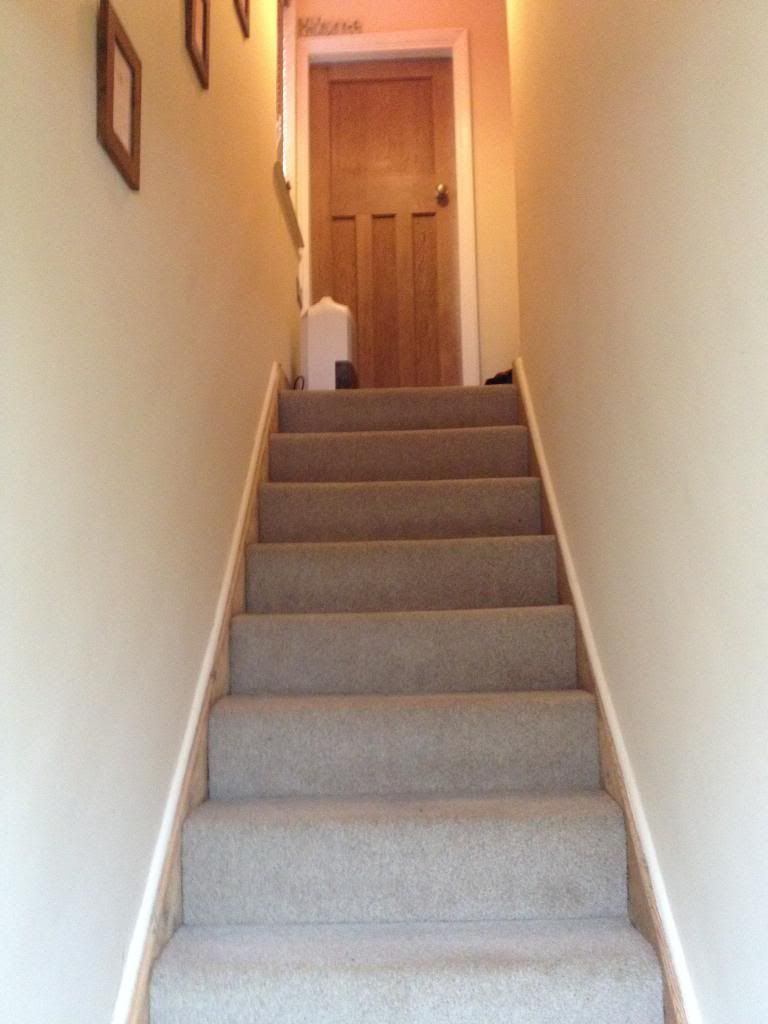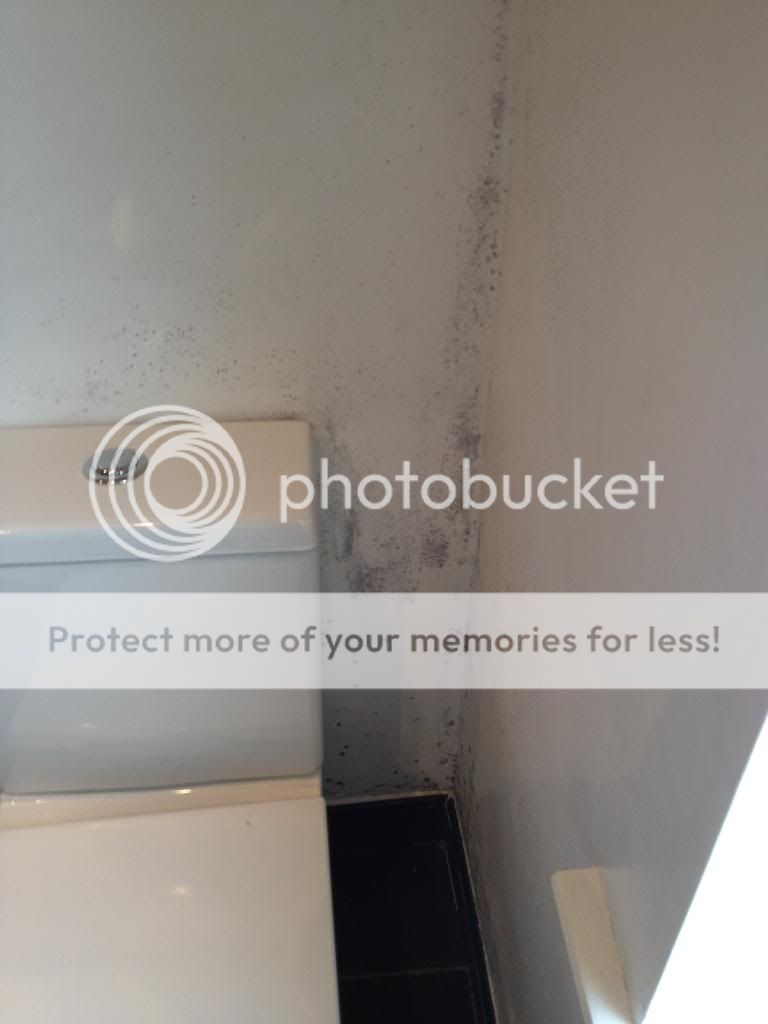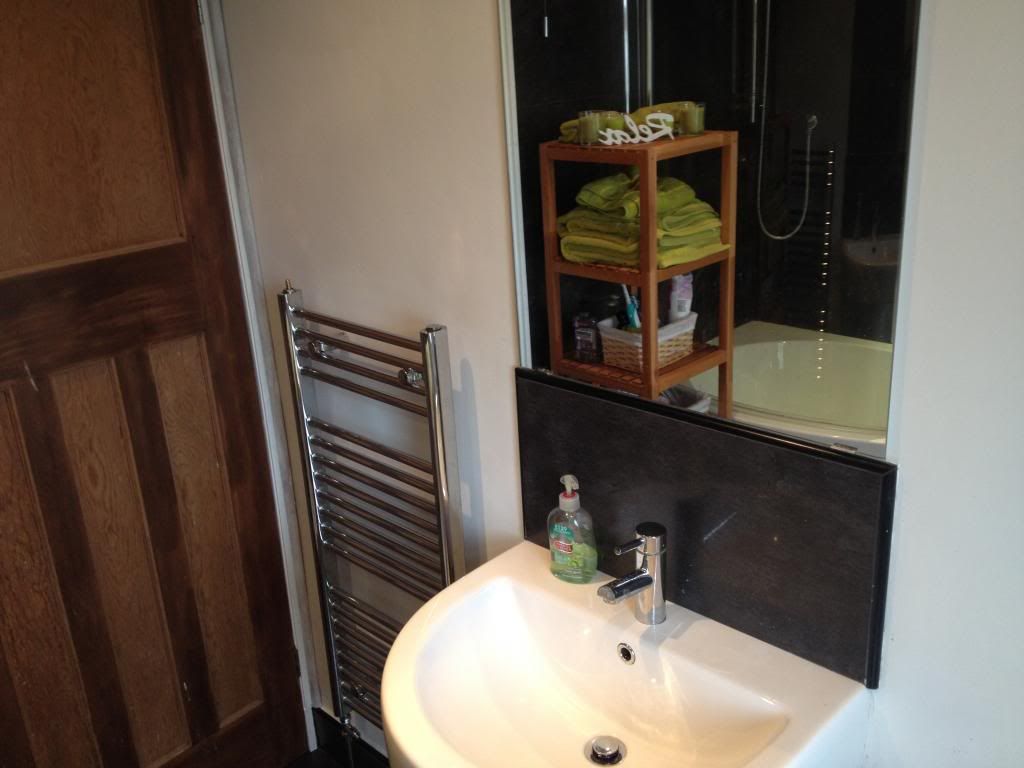Hi i'm new to any forums like this and was really looking for some direction and help. I have a semi detatched house built 1912 time that is single brick. I am having problems inside on my outside wall side and wanted the best solution to remedy this!
Mould is growing next to the front door upwards to the ceiling and about 3ft across at the bottom in a triangle shape, the wall up the stairs is fine and into the bathroom is also good then it starts again round the toilet (same wall) and onto the back wall (both starting in the corners and rising) again triangular)
There is no heating in the stairs or landing and only a towel radiator in the bathroom, no air brick that I can see but the bathroom has an uprated extractor fan.
Whats my next steps, boarding out the bathroom and stairs (needs it as it's freezing!) air bricks too?
Alot of the black wipes straight off but just showing it at it's worst.
Thanks for your time
Adam





Mould is growing next to the front door upwards to the ceiling and about 3ft across at the bottom in a triangle shape, the wall up the stairs is fine and into the bathroom is also good then it starts again round the toilet (same wall) and onto the back wall (both starting in the corners and rising) again triangular)
There is no heating in the stairs or landing and only a towel radiator in the bathroom, no air brick that I can see but the bathroom has an uprated extractor fan.
Whats my next steps, boarding out the bathroom and stairs (needs it as it's freezing!) air bricks too?
Alot of the black wipes straight off but just showing it at it's worst.
Thanks for your time
Adam






